Do You Hit More Greens In Regulation Than A 15-Handicapper?
Using Shot Scope data, we reveal how many greens in regulation an average mid-handicapper hits per round. How do you compare?


The putting surfaces can look very small when we’re not playing our best, and it wouldn’t be unusual for even a fairly handy golfer to go 18 holes without finding more than a couple of greens in regulation. In fact, there are probably times when you’ve recorded a big fat zero in this column.
For those who aren’t familiar with the term, ‘green in regulation’ (G.I.R) is a statistical category that identifies when a player reaches the green in the expected number of strokes in relation to par.
Another way of putting it is that a green is considered hit in regulation if any part of the ball is touching the putting surface and the number of strokes taken is two or less than par (first stroke on a par 3, second stroke on a par 4, third stroke on a par 5).
As you’d expect, the best players in the world hit a lot of greens in regulation. The best of the best in 2024, Scottie Scheffler, averaged 73.16% (698 greens hit out of 954 holes). The PGA Tour average was 66.75%, and only two players bettered the World No.1 in this department.
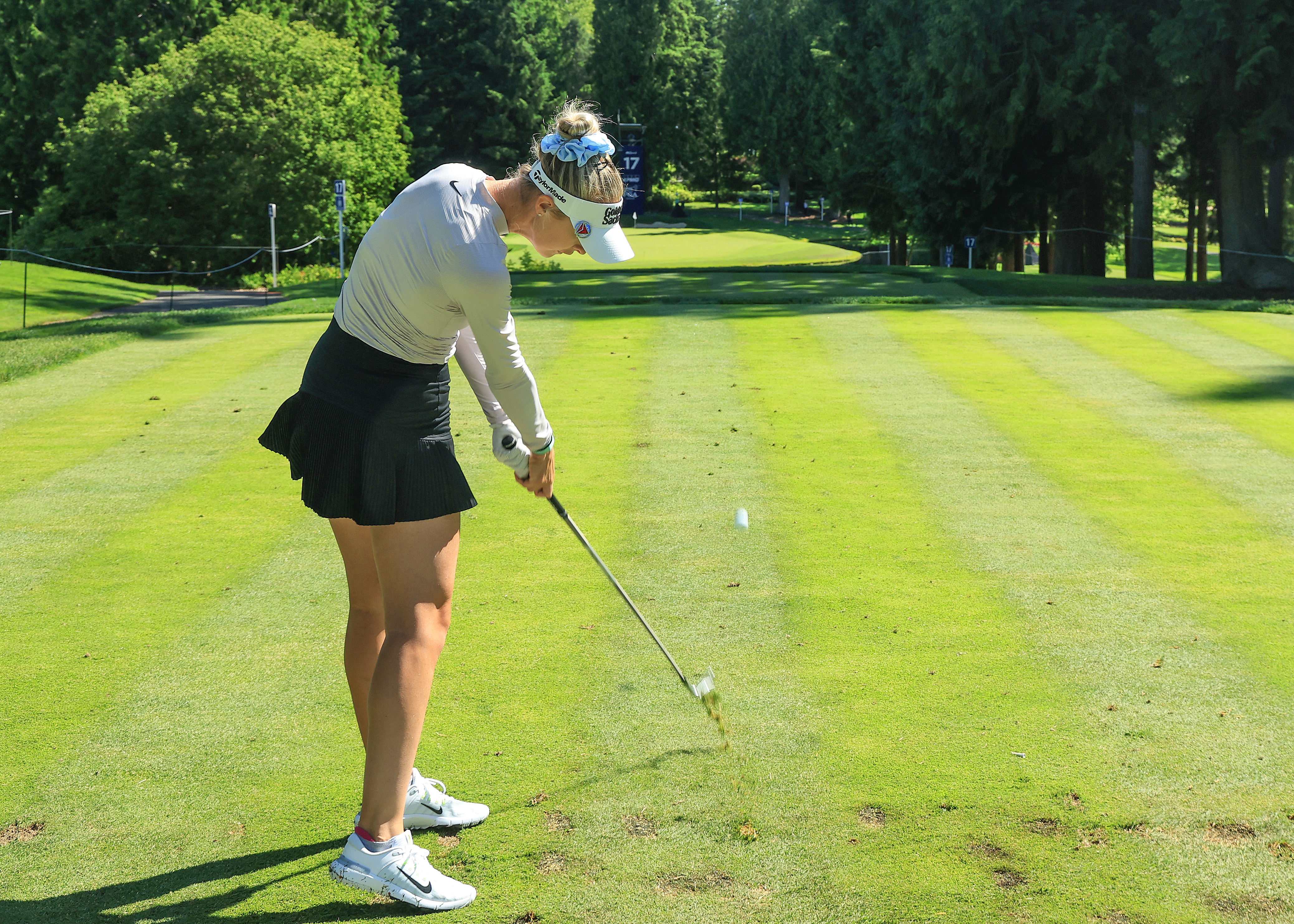
Nelly Korda's G.I.R stats in 2024 were very impressive
On the LPGA Tour, Jeeno Thitikul topped the G.I.R table in 2024 with 77.20%. Nelly Korda, meanwhile, averaged 76.02%, which, like Scheffler, put her third. When you consider the pair won an incredible 16 times between them, it shows what hitting lots of greens can mean.
So, how does the average golfer compare? We’ve obtained the G.I.R stats from our official data partner, Shot Scope, which are revealed in the table below.
Greens In Regulation By Handicap
| Row 0 - Cell 0 | G.I.R | Avg No. Of G.I.R. Per Round |
Scratch | 52% | 9.36 |
5 Handicap | 37% | 6.66 |
10 Handicap | 32% | 5.76 |
15 Handicap | 23% | 4.14 |
20 Handicap | 19% | 3.42 |
25 Handicap | 15% | 2.7 |
Source: Shot Scope
Get the Golf Monthly Newsletter
Subscribe to the Golf Monthly newsletter to stay up to date with all the latest tour news, equipment news, reviews, head-to-heads and buyer’s guides from our team of experienced experts.
Of course, this is just one statistic. On its own, G.I.R won't tell you everything about how a player has performed. For example, a player might miss a lot of greens and still score well or have a fairly low handicap because of their scrambling and putting ability.
There are lots of different ways you can look at greens in regulation statistics. So far as Tour professionals are concerned, the extra distance they're able to achieve off the tee can make it easier to find greens, especially if they're hitting lots more wedges with their approach shots.
However, what makes the tour level player greens in regulation statistics so impressive is the difficulty of the courses and greens they are playing from week to week.
The bottom line is this: it's a lot easier to put a good score together when you're hitting greens in regulation.
What can you learn from this? Your first thought might be to improve your approach play and work on your irons. However, maybe you're missing lots of greens because your driver is wayward and putting you in too much trouble off the tee.
The best way to find out what you need to work on is to start analyzing your own data.

Michael has been with Golf Monthly since 2008. A multimedia journalist, he has also worked for The Football Association, where he created content to support the England football team, The FA Cup, London 2012, and FA Women's Super League. As content editor at Foremost Golf, Michael worked closely with golf's biggest equipment manufacturers and has developed an in-depth knowledge of this side of the industry. He's a regular contributor, covering instruction, equipment, travel and feature content. Michael has interviewed many of the game's biggest stars, including seven World No.1s, and has attended and reported on numerous Major Championships and Ryder Cups around the world. He's a member of Formby Golf Club in Merseyside, UK.
You must confirm your public display name before commenting
Please logout and then login again, you will then be prompted to enter your display name.
-
 Corales Puntacana Championship Prize Money Payout 2025
Corales Puntacana Championship Prize Money Payout 2025The PGA Tour’s latest opposite field event features an attractive prize money payout and some former champions in the field
By Mike Hall Published
-
 RBC Heritage Prize Money Payout 2025
RBC Heritage Prize Money Payout 2025Scottie Scheffler defends his title at Harbour Town in the latest of the PGA Tour’s signature events
By Mike Hall Published
-
 How Often Would An Amateur Golfer Hit The 12th Green At Augusta National?
How Often Would An Amateur Golfer Hit The 12th Green At Augusta National?The stunning 12th hole at Augusta National is an iconic Masters test, but have you ever wondered how you might fare against the famous par 3 at Amen Corner?
By Barry Plummer Published
-
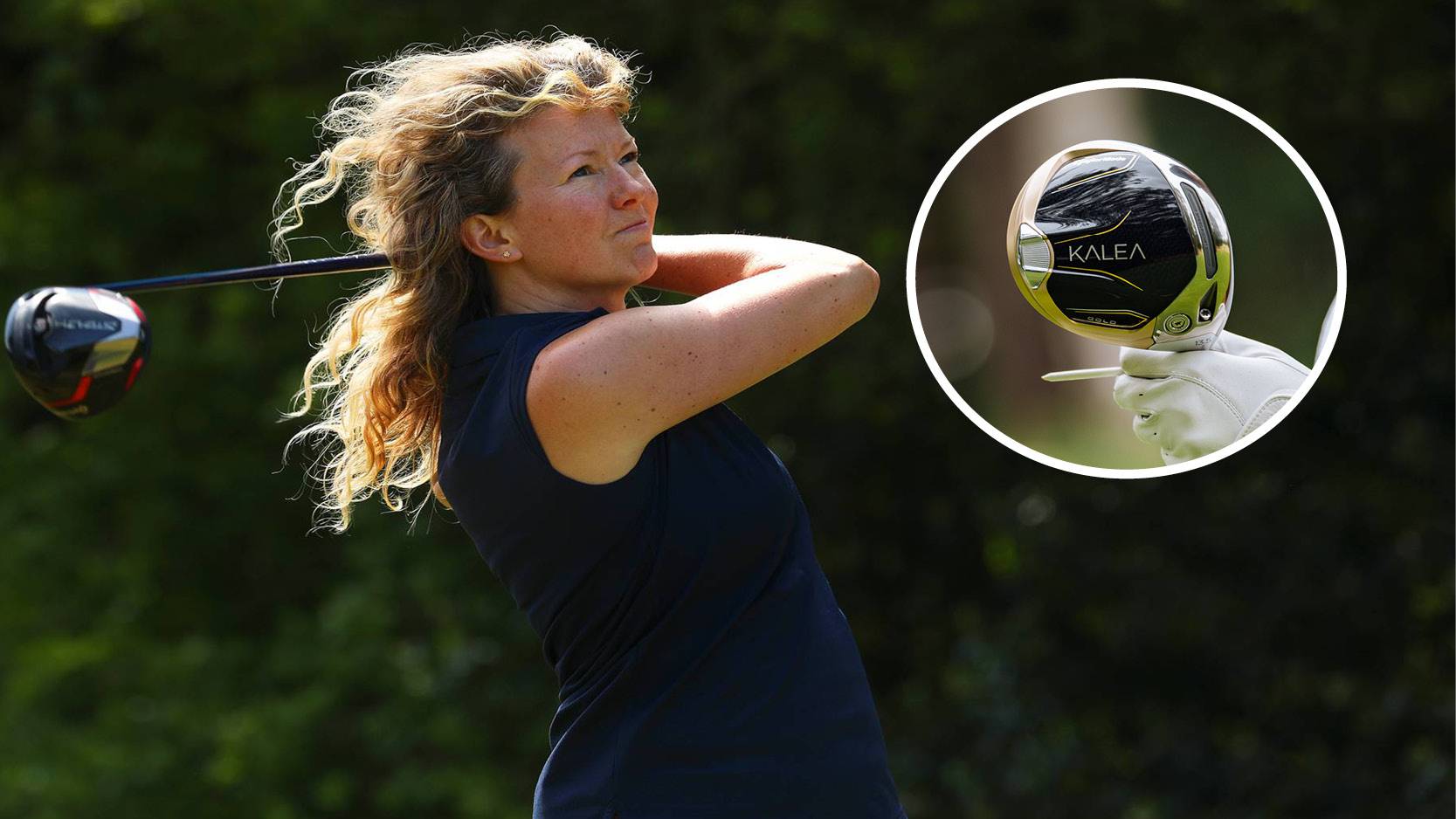 How Far Does The Average Female Club Golfer Hit Their Driver?
How Far Does The Average Female Club Golfer Hit Their Driver?We've looked at the data... Find out if you are hitting your driver an average distance
By Alison Root Published
-
 How Many Golf Balls Does The Average Amateur Lose Per Round?
How Many Golf Balls Does The Average Amateur Lose Per Round?The number of golf balls that players of different skill levels lose per round might surprise you...
By Michael Weston Published
-
 Revealed! How Long Amateur Golfers Take To Play 18 Holes (By Handicap)
Revealed! How Long Amateur Golfers Take To Play 18 Holes (By Handicap)With pace of play in golf such a hot topic, we looked at some Shot Scope numbers to see how long regular club players actually take to play a round of golf
By Michael Weston Published
-
 How Far Does The Average Female Club Golfer Hit Their 7-Iron?
How Far Does The Average Female Club Golfer Hit Their 7-Iron?We've looked at the data... Find out if you are hitting your 7-iron an average distance
By Alison Root Published
-
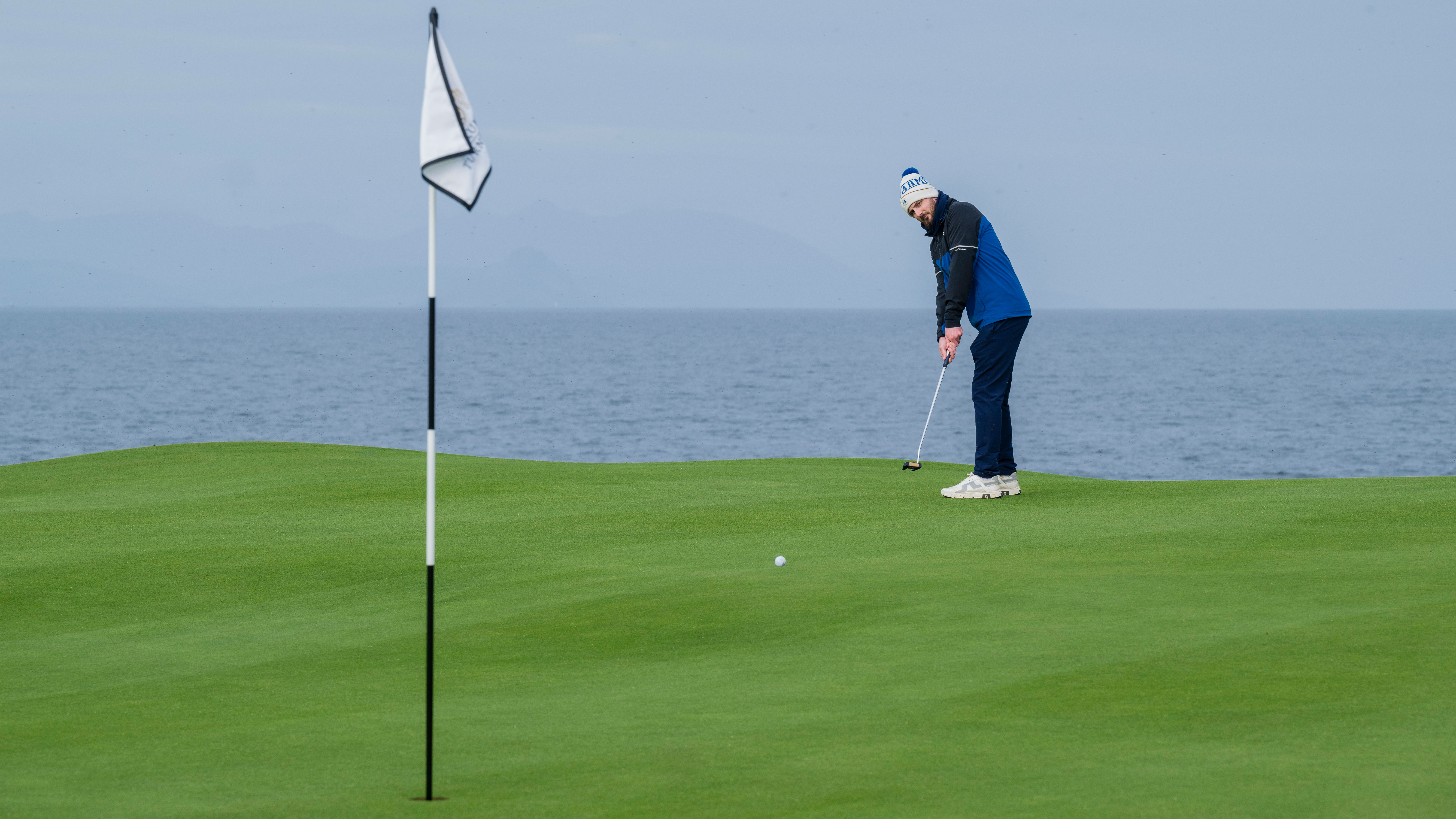 How Many Putts Does The Average Golfer Take Per 18 Holes?
How Many Putts Does The Average Golfer Take Per 18 Holes?The leading players on the PGA and LPGA Tours average around 28 putts per round. Here's how that compares to the mere mortals...
By Michael Weston Published
-
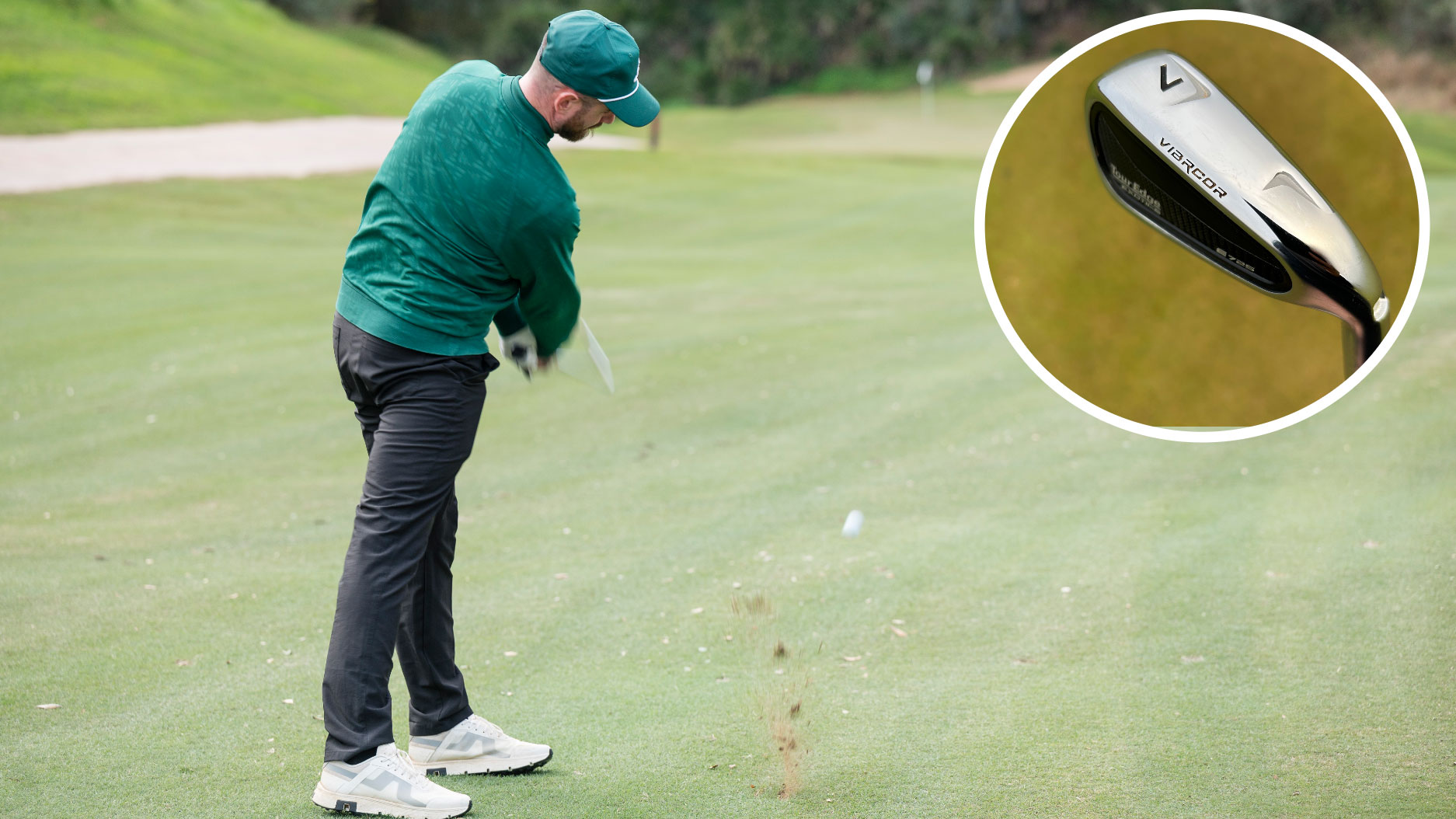 How Far Does The Average Club Golfer Hit Their 7-Iron?
How Far Does The Average Club Golfer Hit Their 7-Iron?We've had a look at the numbers – and they might just surprise you....
By Michael Weston Published
-
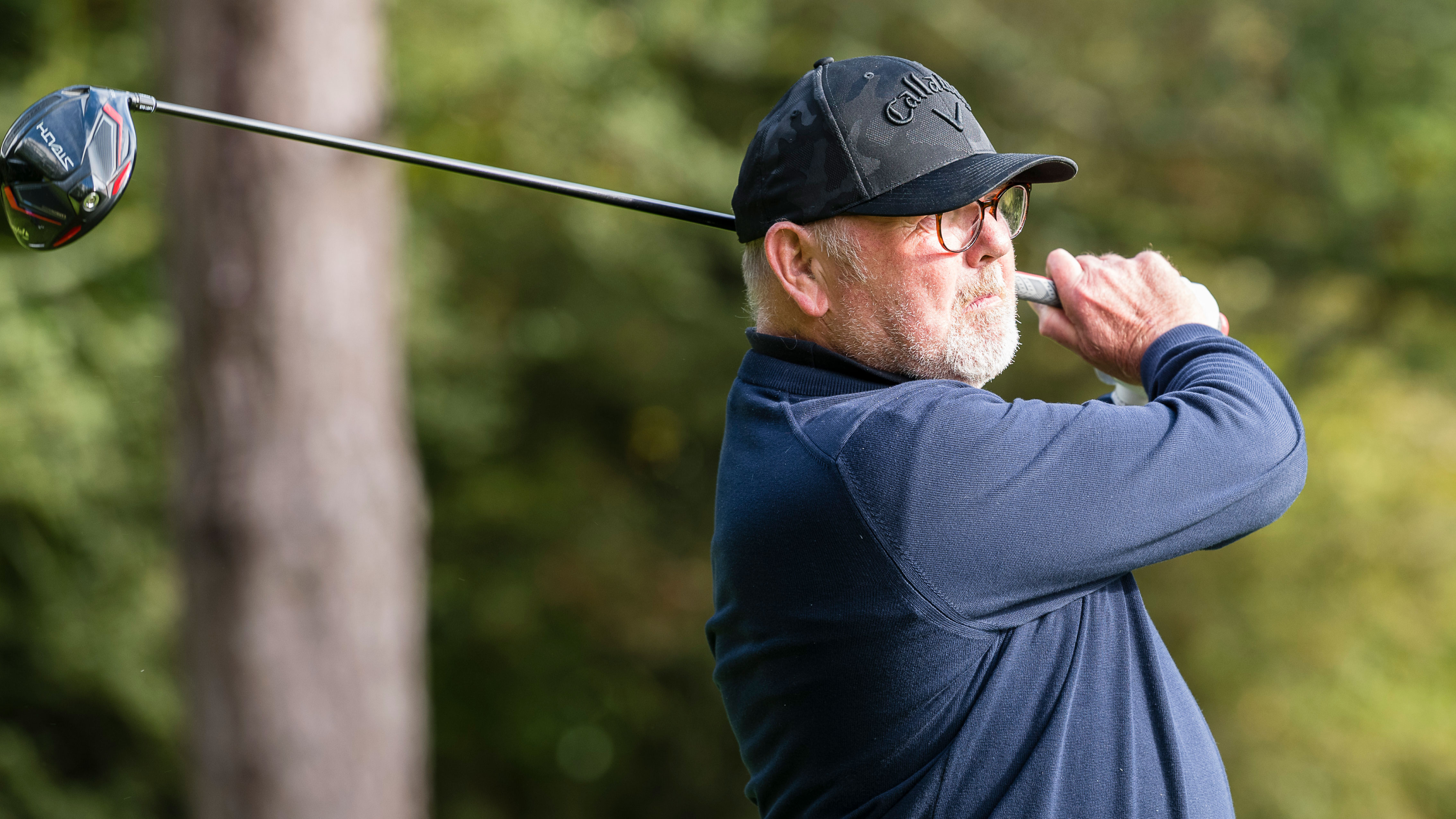 How Far Does The Average 50-Year-Old Male Amateur Hit Their Driver?
How Far Does The Average 50-Year-Old Male Amateur Hit Their Driver?Golf is an individual sport, but the urge to compare yourself against others is too strong to ignore
By Barry Plummer Last updated